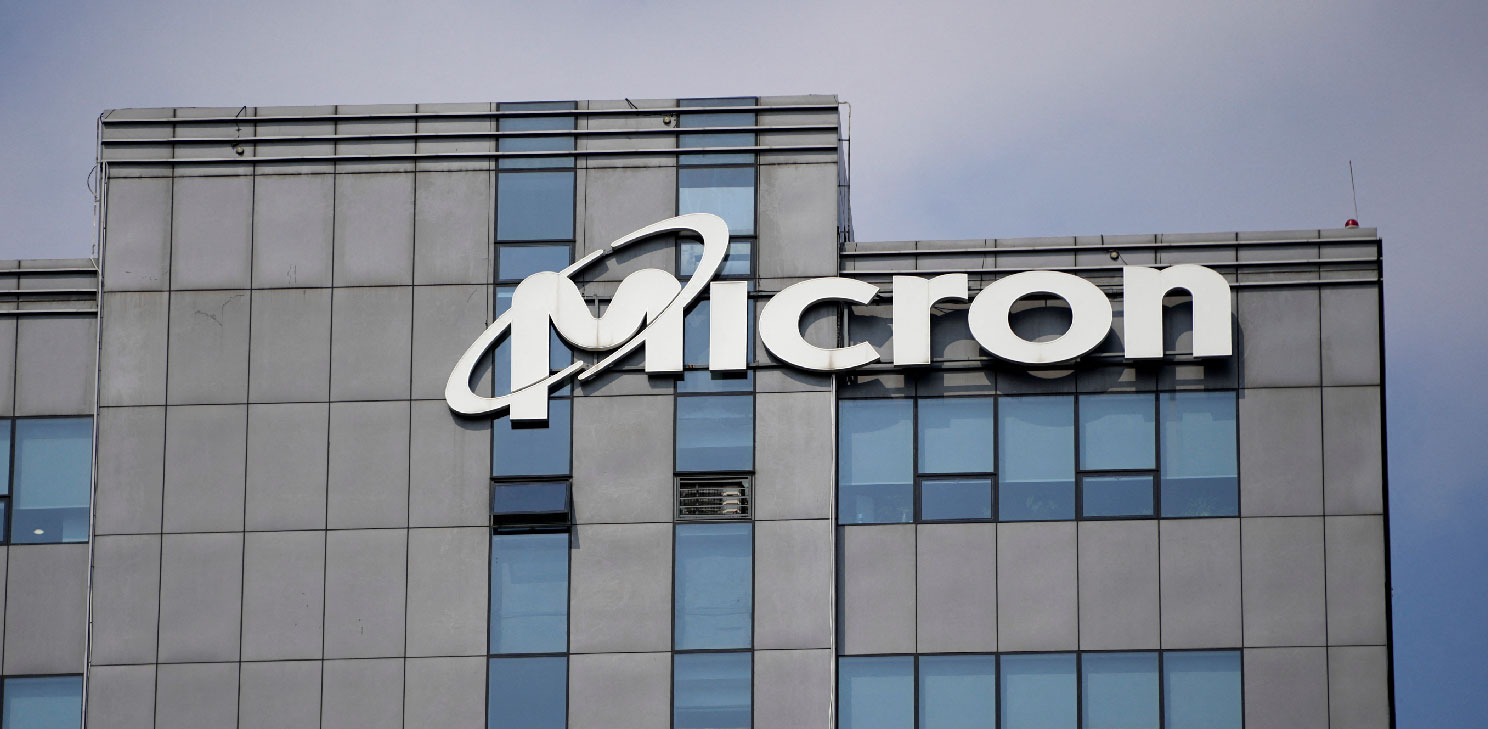The agricultural sector is undergoing a significant transformation as sustainability and environmental concerns change the requirements consumers desire from their off-highway vehicles. One of the most promising developments in this transition is the introduction of electric tractors, offering a zero-emission alternative to traditional diesel-powered machines.
Electric tractors operate using battery-powered electric motors, eliminating the need for fossil fuels. This leads to a significant reduction in greenhouse gas emissions, helping farmers align with global sustainability goals. The absence of exhaust emissions also improves air quality, which is particularly important in densely populated farming regions.
Additionally, electric tractors offer several practical advantages. They are quieter than tractors operating with diesel powertrains, reducing noise pollution on farms. Their engines are simpler, with fewer moving parts, which leads to lower maintenance costs and longer operational lifespans. For farmers, this means fewer repairs and potentially reduced downtime during critical planting and harvesting seasons.
From a cost perspective, electric tractors can be more efficient over time. While the initial investment may be higher than for a diesel tractor, lower fuel and maintenance costs can help offset the upfront price. Additionally, as energy prices become more volatile, the cost stability of electricity, especially when derived from renewable sources, becomes an appealing benefit for farmers.
Despite the advantages, the adoption of electric tractors is not without hurdles. One of the main challenges is the limited range and battery life. Depending on the size of the farm, the operational time of electric tractors may not be sufficient for extended use. Recharging can take several hours, posing a challenge during busy periods like harvest season when continuous operation is necessary.
The lack of charging infrastructure in rural areas is another significant barrier. While urban and suburban regions are expanding their electric vehicle (EV) charging networks, many farms are located far from these networks, making it difficult for farmers to quickly and easily recharge their electric tractors. Installing charging stations can be costly and may not be feasible for every farmer, especially small-scale operators.
The initial cost of electric tractors is another issue. Although long-term savings can be realized through lower operating costs, the upfront expense remains high. This can deter farmers, particularly in regions where profit margins are thin, from investing in this new technology.
For electric tractors to gain wider acceptance, continued advances in battery technology, such as faster charging times and longer battery life, are essential. Additionally, governments and organizations may need to offer incentives, subsidies, or grants to help reduce the financial burden on farmers. With these developments, electric tractors can become a cornerstone of sustainable farming, leading to a greener, more efficient agricultural industry.
As the push for zero-emission agriculture intensifies, the role of electric tractors will likely grow, paving the way for a future where farming practices can meet the needs of both food production and environmental sustainability. To discuss the future of electrification of off-highway vehicles in the agricultural sector, attend talks from expert speakers from across various industries and network with peers and solution providers, attend the DZOM EXPO, taking place at the Donald E. Stephens Convention Centre in Chicago, IL, on December 3–4, 2024.
For more information, visit our website or email us at info@innovatrix.eu for the event agenda.













